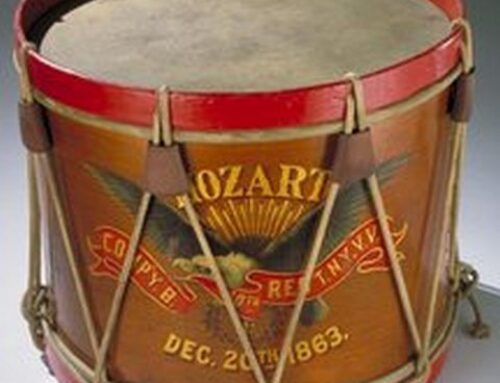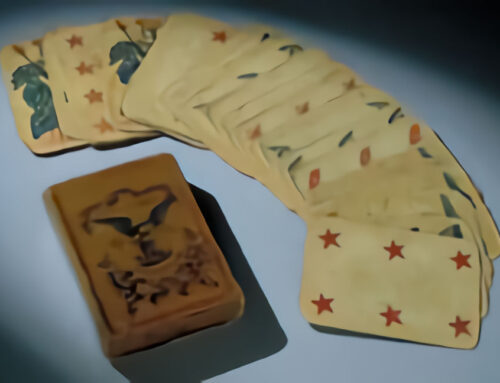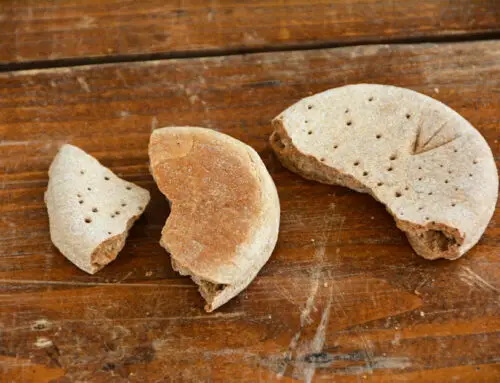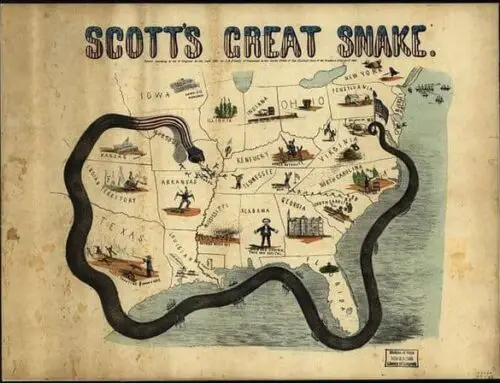The Zouaves (pronounced zoo-ahvs) were a division of light infantry corps originally designed in 1830 to serve in North Africa as the colonial military arm of the French Army.
The name “Zouave” comes from the French derivative of the name Zouavas (Zwawa/Igawawen), a Berber tribe from the Djurdjura mountains of Algeria that the French originally used to recruit for their North African troops.
The branches most like the Zouave structure include the Tirailleurs, Spahis, Chausseurs d’Afrique, and the French Foreign Legion.
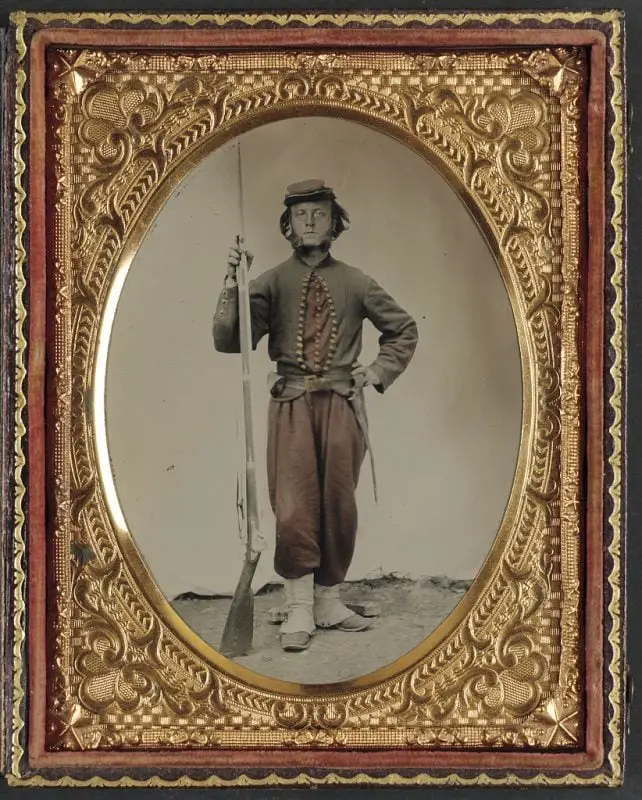
Union Zouave Soldier
The French Zouaves were primarily used as mobile and fearsome desert foot soldiers, predominantly comprised of Berber, Muslim, and Arab troops recruited from French occupied North Africa.
They served in many campaigns all over the world, including:
- Conquest of Algeria (1830-1903)
- Crimean War (1853-1856)
- Italian War of 1859
- Mexican Intervention (1864-1866)
- Franco-Prussian War (1870-1871)
- Sino-French War (1884-1885)
- Boxer Rebellion (1900-1901)
- Morocco campaign (1907-1934)
- World War I (1914-1918)
- World War II (1939-1945)
The French Zouaves were disbanded following the defeat of France to Nazi Germany in 1940. They were reintroduced as part of the Allied Forces in 1944 during the Liberation of France (1944-1945). After the Second World War, the French Zouaves served primarily in the Algerian War (1954-1962) until they were officially disbanded after Algerian Independence (1962).
Zouave tactical training was continually taught at the French Army Commando Training school (CEC) until 2006 with the closure of the school.
What Did the Zouaves Wear
The Zouave regiment was distinctive from other military brigades mainly because of their uniform, which comprised of North African (Algerian) Berber styled clothing and colors. This included:
- Capacious Red Trousers
- Embroidered Sleeveless Vest
- White turban
- Short and Collarless Embellished Jacket with Fake Pockets
- Leather Greaves
- White Canvas Gaiters
- Red Fez
- Long Sash
The color of the uniform varied according to which side the Zouaves fought on, where they were from, and to what the unit they were assigned.
At the start of the Civil War, the Zouaves wore the elaborate and more traditional North African style and colors, but through the course of the conflict, the outfits changed to be closer to the Confederate or Union uniform or had been changed out entirely for the standard outfit.
The change in uniform was mainly due to the contrast between fighting in the dry deserts or cool mountains of North Africa verses combat in the diverse weather and topography of the United States.
Many Zouave soldiers, however, changed over to the regular Union or Confederate uniform but continued drilling and fighting in the Zouave style. Other Zouave regiments retained aspects of the North African style, such as their embellished jackets (tombeaux), loose trousers (sarouel), fez (chechia), or sleeveless vests (gilet), combined with the conventional Union or Confederate dress.
Another noticeable difference between the Zouaves and other traditional units included the position of the “vivandiere,” or a woman, dressed in male attire, who worked a variety of functions including field nurse, seamstress, laundress, and cook.
Zouave Fighting Style
The Zouaves themselves fought somewhat differently than the standard military unit of the 19th century.
They were known to be well disciplined in their drilling, quick movements, loading their rifles while lying on their backs, firing from the prone position or on one knee, and moving in open formations rather than the usual tight patterns.
The French Zouave purpose, uniform, tactics, and skills inspired other comparable battalions throughout Europe, Africa, and the Americas, most notably the Papal Zouaves, Spanish Zouaves, British Zouaves, Polish Zouaves of Death, and the American Zouave battalions that served in the American Civil War (1861-1865).
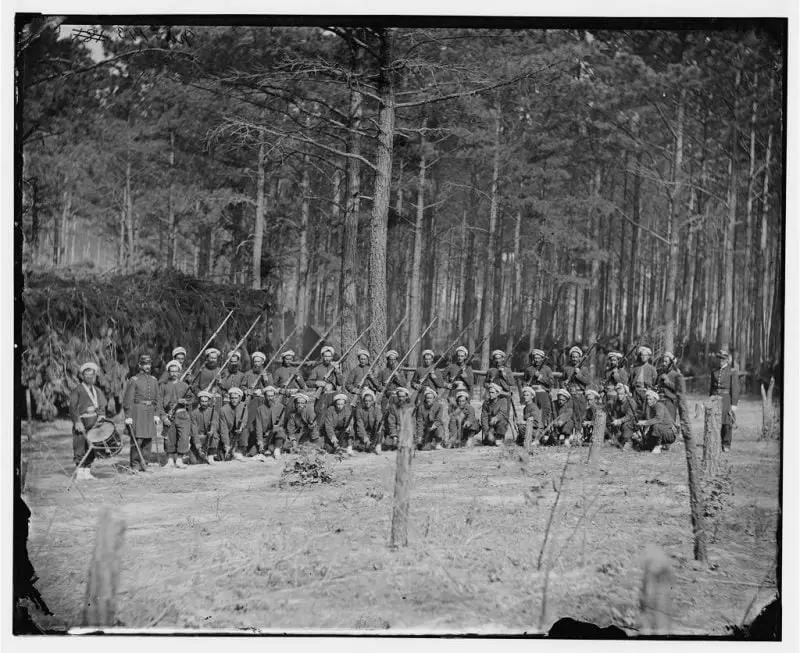
Company F, 114th Pennsylvania Infantry (Zouaves) with Fixed Bayonets
What Are Zouaves in the Civil War
The Zouaves were introduced to the United States prior to the start of the American Civil War by Elmer Ephraim Ellsworth, a distinguished member of the local militia and law clerk who had been employed in the office of Abraham Lincoln before he became president in 1860.
Ellsworth acquired a copy of the Zouave training handbook after had been moved by the stories his friend Charles De Villers, a former surgeon who had served with the North African Zouaves, and desired to form his own Zouave battalion based on the local militia of Illinois.
They participated in competitions, shows, and other presentations, quickly becoming associated with elaborate and exciting uniforms and amazing performances. Ellsworth’s US Zouave Cadets became the best drill team in the Midwest under his instruction.
Zouaves became incredibly popular and new drill teams and regiments appeared throughout the country. Members of the Zouave drill teams were also associated with part of the local state militias and soon found themselves as part of the official military structure of the Confederacy or the Union depending on their location.
At the start of the war, they had exotic and unique outfits that attracted a lot of attention, both in the army and outside of it. The colors, style, and training allowed the Zouaves to stand out against the drab colors and uniforms of the Confederacy and the Union, whose gray and blue woolen attire were juxtaposed by the bright and lightweight North African styled Zouave garb.
Did Zouaves fight in the Civil War
There were several Zouave battalions that took part during the Civil War. The Union boasted around fifty Zouave regiments while the Confederates had a handful of their own, some of which were independent while others were integrated into other units.
On either side, Zouave brigades took part in key battles, including
- First Battle of Bull Run
- Second Battle of Bull Run
- Siege of Petersburg
- Seven Pines
- Antietam
- Gaines Mill
- Fredericksburg
- Gettysburg
- Appomattox
During the war, the Zouave units served in the conflict, primarily as separate light infantry brigades or within larger regiments. They became well known for their fast moving, accurate, and formidable fighting throughout the war based off the training manual that the drill teams had been using for their competitions. The Zouaves also continued the tradition of having vivandieres with their regiments.
One of the most famous Civil War vivandieres was Marie Tepe (French Mary), a French immigrant who served alongside the 27th Pennsylvania Volunteers and the 114th Pennsylvania (Collis Zouaves) Infantry.
She worked in field hospitals, helped with cooking and laundry, and carried a pistol, bandages, and a flask with wine, water, or brandy when she ran across the battlefield to help the wounded on the front lines.
French Mary took part in several major battles of the war and was considered one of the few women of the American Civil War to have seen action on the front lines.
She was wounded at the Battle of Fredericksburg but continued to help her battalion when she recovered enough to return to her duties. French Mary also worked on the front lines of Gettysburg, where it is believed she was the only woman to be actively enlisted in the battle.
Who Did the Zouaves Fight For
The Zouave divisions fought on both sides of the Civil War. There were far more Zouave companies serving with the Union than the Confederacy because the North had more immigrants, diversity, different ethnic groups, and Zouave drill companies than the South.
With the start of the war, Zouave units became attached to official military units and militias, inspired by Ellsworth’s example, and found fame and renown through the course of the Civil War.
Ellsworth himself formed the 11th New York Volunteer Infantry out of the Manhattan Volunteer Firemen, becoming known as the “Fire Zouaves” or “Ellsworth Zouaves,” joining up with the Union’s Army of the Potomac and serving in some of the most famous battles of the war.
Ellsworth, however, met his end early on into the war on May 24th, 1861, when, after securing the town of Alexandria, Virginia, saw a Confederate flag flying over the Marshall House inn.
Ellsworth became incensed and he entered the inn and took down the flag. As he was leaving, he was then attacked and shot by James Jackson, the Marshall House proprietor, who in turn was killed by one of Ellsworth’s Zouaves, Private Francis Brownell.
Brownell would reach the rank of corporal during the war and later receive the Medal of Honor in 1877 for his actions at the Marshall House. The 11th New York Zouaves became known as “Ellsworth’s Avengers” after the Marshall House incident.
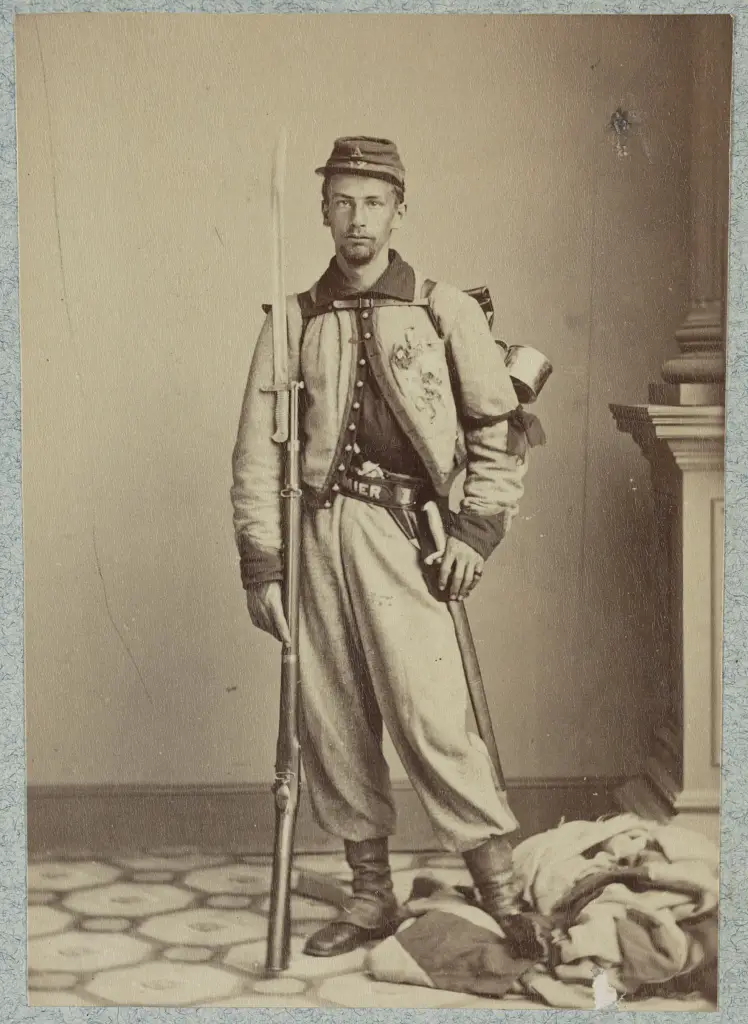
Francis E. Brownell, Pvt. 11th New York Infantry. First person to receive the Medal of Honor. This picture was taken soon after the killing. Pvt. Brownell can be seen standing on the Confederate flag that was flying above Jackson’s Inn.
The 5th New York (Duryee’s Zouaves) was one of the most elite units within the Army of the Potomac and famously were the sole regiment that suffered the severest number of casualties in the shortest amount of time through the war.
The 5th New York, along with the 10th New York (“National Zouaves”), that held off Confederate General James Longstreet’s forces for around ten minutes at the Second Battle of Bull Run before eventually being overrun.
In those ten minutes, out of the 525 men in the unit, the 5th New York lost 120 men and had 330 injured. Other famous Union Zouaves included the 114th Pennsylvania (Collis’ Zouaves), 146th New York, 155th Pennsylvania (who may have had the last Union soldier killed in the war at Farmville, Virginia on the morning of April 18th, 1865), and the 140th New York.
Two of the best-known Confederate Zouave regiments were the 1st Special Battalion Louisiana Zouave Infantry (Louisiana Tigers/Wheat’s Tigers), who traced their roots back to the Mexican American War (1846-1848), and the 1st Battalion Louisiana Zouaves (Coppens Zouaves).
Both brigades adopted the Zouave style at the start of the Civil War in 1861, heavily influenced by “Zouave craze”, started by Ellsworth’s US Zouave Cadets in 1859. The Tigers were best known for their wild antics and poor discipline in equal measure to their combat skills.
Coppens’ Zouaves, which also included former French Zouaves, were made up mostly of European immigrants and Creoles, and who’s primary language was French. Coppens’ Zouaves were slaughtered after the battles of Gaines’ Mill and Seven Pines, threw rocks at Union soldiers at the Second Battle of Manassas when they ran out of bullets, and their force was almost entirely decimated at the Battle of Antietam. The survivors of both units were later broken up into other regiments.
Why Were the Zouaves in the Civil War
Ellsworth had introduced the Zouaves to the United States and once he had taken command of a drill company in 1859 and renamed it “the US Zouave Cadets,” he began introducing the United States to the concept of the French Zouaves and the North African clothing and warrior culture.
The Cadets were dressed and trained according to the manual and soon became renown throughout the country for their skills and elaborate dress, soon becoming the best drill team in the Midwest.
New Zouave troops formed across the country and the popularity of the Zouaves spread throughout the United States, causing a “Zouave craze” and who’s influence was seen over the course of the war.

